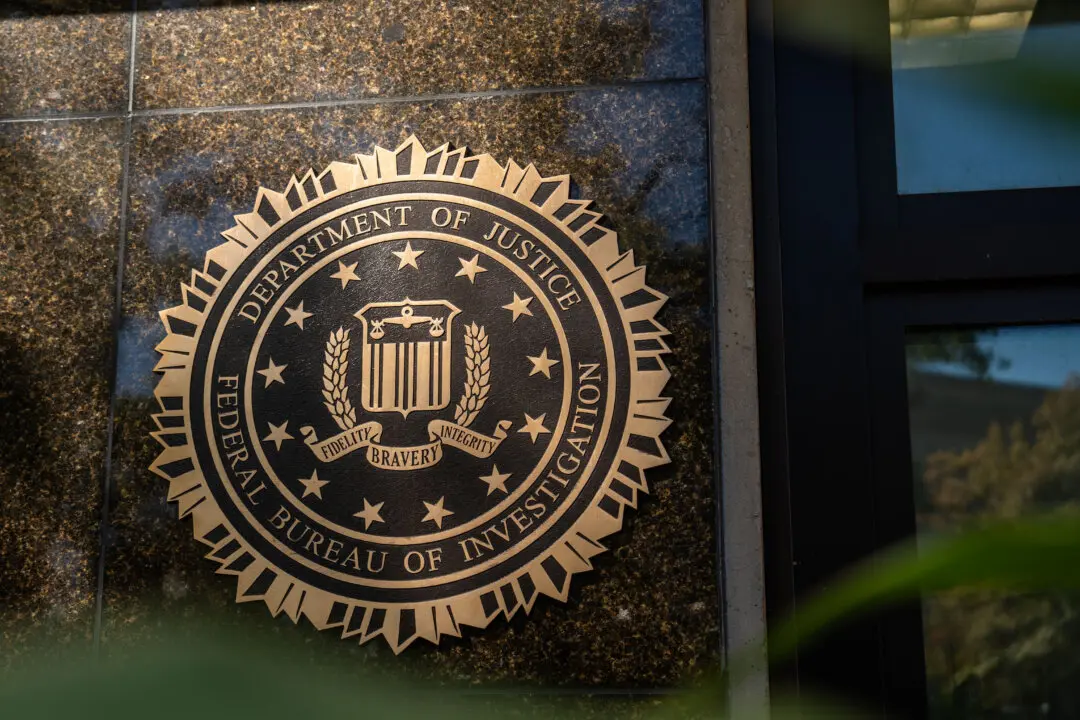President Joe Biden’s proposed income-based student loan repayment plan could cost $475 billion over a period of 10 years and end up encouraging “more loan borrowing” among college students, according to the University of Pennsylvania.
Mr. Biden’s “Saving on A Valuable Education” (SAVE) scheme aims to reduce the income-based monthly payments on student loans by half, remove monthly payments for individuals earning minimum wage, and forgive all outstanding debt on student loans once the borrower pays for 10 years, provided the loan amount is $12,000 or less.





